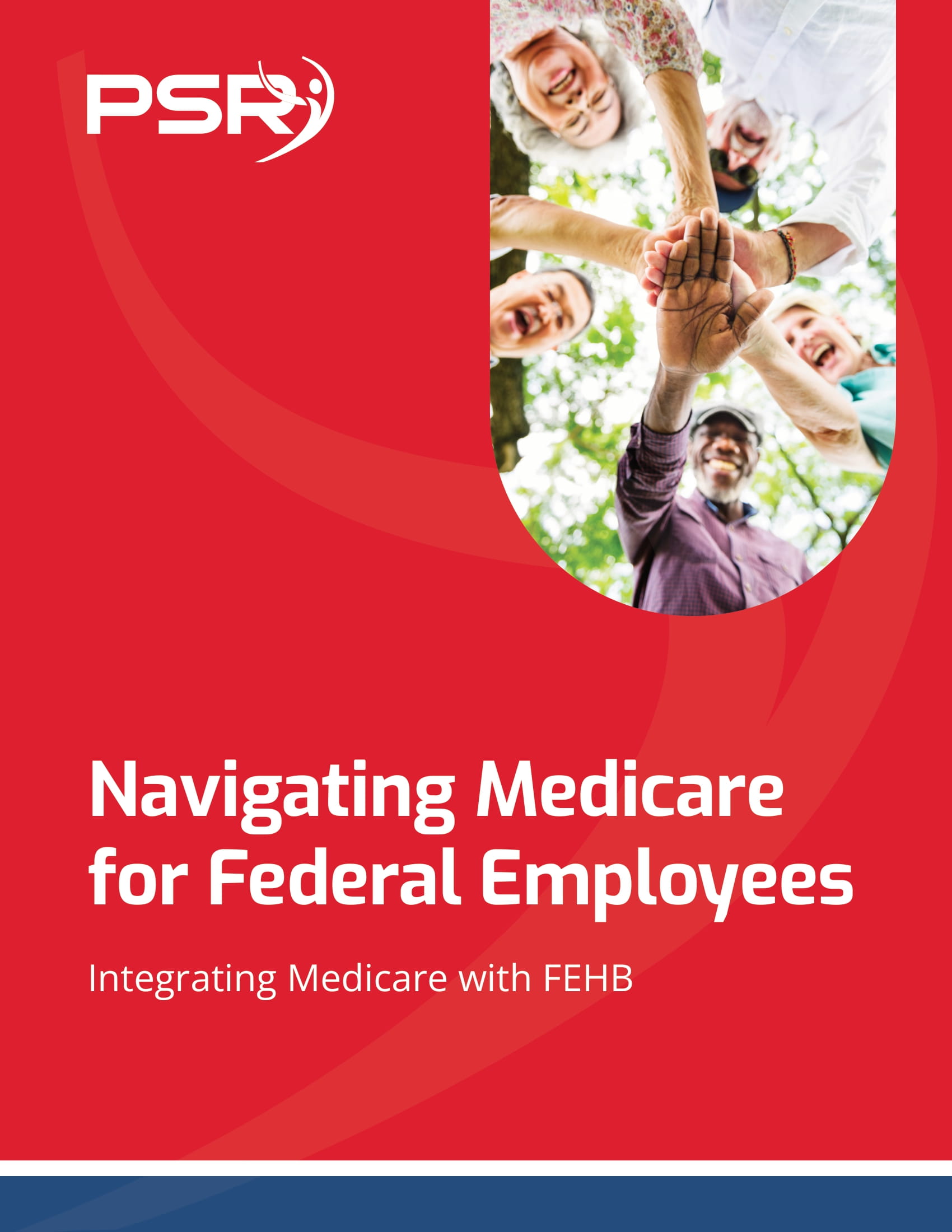Key Takeaways
- Understanding the eligibility requirements for FERS is crucial for federal employees planning their retirement.
- This guide will help you determine if you meet the criteria for FERS and how to navigate the application process.
Are You Eligible for the Federal Employee Retirement System (FERS)? Find Out Here
The Federal Employee Retirement System (FERS) is a comprehensive retirement plan for U.S. federal employees, providing a blend of retirement benefits including a basic pension, Social Security, and the Thrift Savings Plan (TSP). Determining your eligibility for FERS is the first step towards planning a secure retirement
- Also Read: Why TSP Withdrawal Options Might Be More Flexible Than You Think for Federal Retirees
- Also Read: The Top Federal Employee Benefits You Should Be Tapping Into Right Now
- Also Read: Survivor Benefits Made Simple: How Federal Employees Can Set Their Families Up for a Secure Future
Overview of FERS Eligibility Criteria
FERS eligibility depends on various factors, including your age, years of federal service, and the specific provisions that may apply to your job classification. Understanding these criteria is essential to ensure you qualify for the retirement benefits you are entitled to.
1. Basic Eligibility Requirements: To be eligible for FERS, federal employees must generally meet certain age and service requirements. The basic eligibility criteria include:
- Minimum Retirement Age (MRA): The MRA ranges from 55 to 57, depending on your year of birth.
- Years of Service: You need a minimum number of years of creditable federal service to qualify for retirement benefits.
2. Types of Retirement: FERS offers different types of retirement based on your age and years of service:
- Immediate Retirement: Available if you meet specific age and service requirements and allows you to start receiving benefits immediately upon retiring.
- Early Retirement: Special provisions allow for early retirement under certain conditions.
- Deferred Retirement: If you leave federal service before meeting the age and service requirements for immediate retirement, you can opt for a deferred retirement.
- Disability Retirement: Available if you are unable to work due to a disability and meet specific service requirements.
Age and Service Requirements for FERS
The age and service requirements for FERS vary depending on the type of retirement you are seeking. Understanding these requirements will help you determine the earliest you can retire and start receiving benefits.
1. Immediate Retirement: Immediate retirement benefits are available to employees who meet one of the following criteria:
- Age 62 with at least 5 years of service
- Age 60 with at least 20 years of service
- MRA with at least 30 years of service
- MRA with at least 10 years of service (with a reduced benefit)
2. Early Retirement: Early retirement options are available under special provisions such as the Voluntary Early Retirement Authority (VERA) or involuntary separations due to workforce reductions. The typical requirements are:
- Age 50 with at least 20 years of service
- Any age with at least 25 years of service
Early retirement usually involves a reduction in benefits to account for the longer period over which you will receive them.
3. Deferred Retirement: If you leave federal service before reaching the age and service requirements for immediate retirement, you can opt for deferred retirement. You can start receiving benefits when you reach the age and service requirements for immediate retirement.
4. Disability Retirement: To qualify for disability retirement, you must have completed at least 18 months of federal service and be unable to perform your job due to a medical condition. Your agency and the Office of Personnel Management (OPM) must determine that your disability prevents you from performing your duties.
Special Provisions for Law Enforcement Officers, Firefighters, and Air Traffic Controllers
Certain federal employees, such as law enforcement officers, firefighters, and air traffic controllers, have special retirement provisions due to the demanding nature of their jobs.
1. Law Enforcement Officers and Firefighters:
- Eligibility: Age 50 with at least 20 years of service in a covered position.
- Mandatory Retirement: Typically, mandatory retirement is at age 57, but employees must have 20 years of service to receive full benefits.
2. Air Traffic Controllers:
- Eligibility: Age 50 with at least 20 years of service as an air traffic controller, or any age with at least 25 years of service.
- Mandatory Retirement: Mandatory retirement is at age 56.
These special provisions are designed to recognize the unique challenges and risks associated with these positions, allowing for earlier retirement with full benefits.
Military Service and FERS Eligibility
Military service can significantly impact your FERS eligibility and benefits. Understanding how your military service is credited towards your federal retirement is crucial.
1. Creditable Military Service: Active-duty military service can be credited towards your FERS retirement, provided it is not already being used for a military pension. To receive credit, you may need to make a deposit for your military service, which typically equals a percentage of your military base pay plus interest.
2. Making a Deposit: Making a deposit for your military service can increase your years of creditable service, which can help you meet the eligibility requirements sooner and increase your retirement benefits. It’s generally advantageous to make this deposit as soon as possible to minimize interest charges.
Part-Time and Intermittent Service: How It Affects FERS Eligibility
Part-time and intermittent federal service can affect your eligibility for FERS and the calculation of your retirement benefits. It is important to understand how these types of service are credited.
1. Part-Time Service: Part-time service is prorated based on the number of hours worked compared to a full-time schedule. Your total service time will be less than the calendar time you have worked, which can affect both your eligibility and the amount of your retirement benefits.
2. Intermittent Service: Intermittent service, where you work irregular hours or have breaks in service, is also prorated. Each period of service is calculated individually, and only the time worked is credited towards your retirement eligibility and benefit calculation.
How to Apply for FERS: A Step-by-Step Guide
Applying for FERS retirement benefits involves several steps. Preparing and understanding the application process can help ensure a smooth transition to retirement.
1. Preparing Your Application:
- Gather Documentation: Collect all necessary documents, including your service history, employment records, and any military service documentation.
- Calculate Your Benefits: Use online calculators and resources to estimate your retirement benefits based on your service history and planned retirement date.
2. Submitting Your Application:
- Complete the Application Forms: Fill out the required forms, including SF 3107 (Application for Immediate Retirement) and any additional forms related to your specific situation.
- Submit to Your Agency: Submit your completed application to your agency’s human resources office. They will review and forward it to the OPM for processing.
3. After Submission:
- Await Confirmation: The OPM will review your application and send you confirmation of receipt. They may request additional information or documentation if needed.
- Benefit Approval: Once your application is approved, you will receive an official notification of your retirement benefits and the effective date.
Frequently Asked Questions About FERS Eligibility
Understanding FERS eligibility can raise several questions. Here are answers to some common questions to help clarify the process.
1. Can I Transfer My Benefits if I Move to Another Federal Agency? Yes, your FERS benefits are transferable between federal agencies. Your years of service and accumulated benefits remain intact when you transfer.
2. How Does Leave Without Pay (LWOP) Affect My Eligibility? Periods of LWOP can impact your service credit. Generally, the first six months of LWOP in a calendar year are credited as service, but longer periods may require adjustments to your service time.
3. What Happens If I Don’t Meet the Eligibility Requirements When I Leave Federal Service? If you leave federal service before meeting the age and service requirements for immediate retirement, you can opt for deferred retirement. You can start receiving benefits once you meet the eligibility criteria.
4. Can I Receive Both a Military Pension and FERS Benefits? Yes, but you must generally make a deposit to credit your military service towards your FERS benefits. However, certain exceptions apply, such as if you are receiving a military pension for a disability.
Conclusion
Determining your eligibility for the Federal Employee Retirement System (FERS) is a crucial step in planning for a secure and comfortable retirement. By understanding the age and service requirements, special provisions, and the impact of part-time and military service, you can better navigate the process and ensure you maximize your retirement benefits. Use this guide to help you assess your eligibility, prepare your application, and address common questions to make informed decisions about your retirement under FERS.









